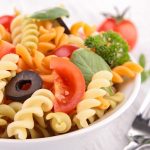
People trying to adopt a healthier diet probably aren’t the best judges of how well they’re actually eating, a new study discovers. Only about 1 in 4 people could accurately estimate how healthy they were eating when asked to assess their diet after a year spent trying to lose weight, researchers found. Worse, only 1 in 10 people understood how their diet had actually changed during that year, with most assuming they’d made much greater strides than they actually had. “There’s not very good agreement between what they perceive their diet quality to be and what we’ve calculated their diet quality to be. They’re also overestimating the amount of change that they’ve made in their diet quality,” said lead researcher Jessica Cheng. She’s a postdoctoral research fellow in epidemiology at the Harvard T.H. Chan School of Public Health in Boston. “And so that was really the big takeaway here, that there might be some disconnect among people trying to diet with both how healthy they think their diet is and how much change they think they’ve made in their diet over the course of attempting to lose weight,” Cheng added. Cheng will present these findings at this weekend’s annual meeting of the American Heart Association, held in Chicago and virtually. Findings presented at medical meetings are considered preliminary until published in a peer-reviewed journal. Nearly… read on > read on >











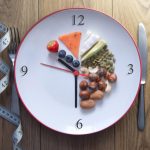



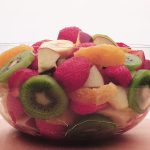
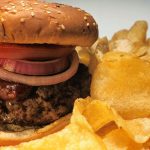

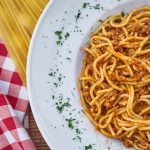










-300x200.jpg)







-300x169.jpg)
